Author: Astronomy for Dummies
-

Prime Hours to Spot Planet Shadows in Space
Curious skywatchers can glimpse Earth’s shadow during twilight, but timing and location are everything for this celestial phenomenon.
-

Why Can’t We See Mars Dust Storms Tonight?
Why Martian dust storms remain hidden tonight despite their ferocious intensity, and what cosmic factors might change tomorrow?
-
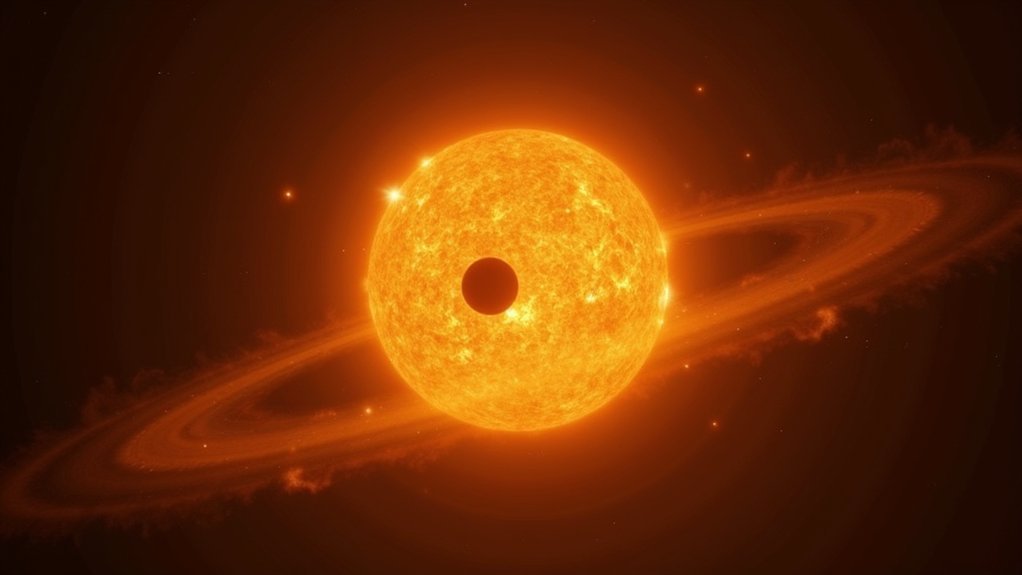
Why Does Mercury Appear To Cross The Sun?
From its tilted orbit, Mercury creates rare solar transit events—but what celestial mechanics make this phenomenon possible?
-
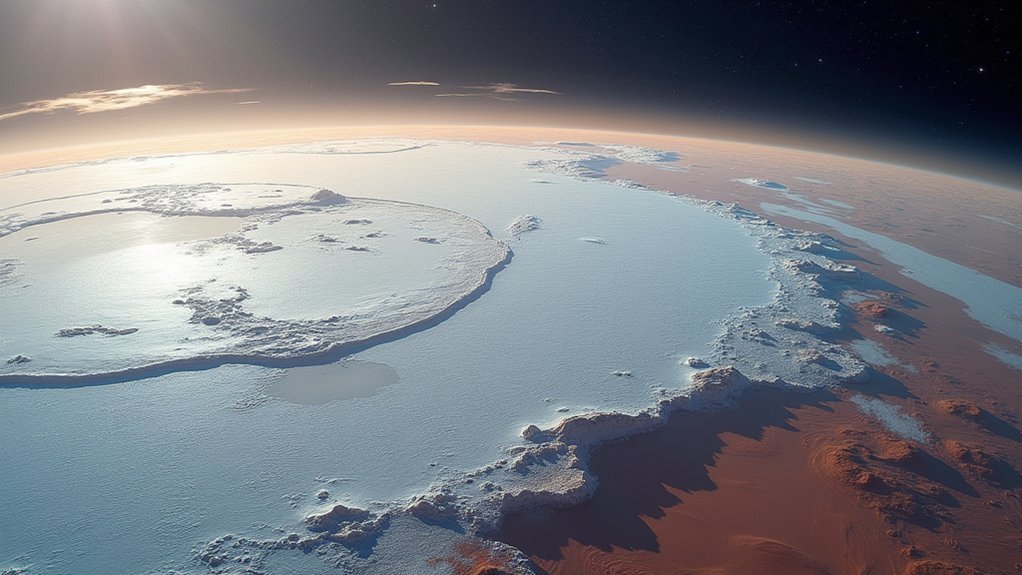
Why Do Mars’ Polar Ice Caps Shrink?
The Martian ice caps dramatically shrink each year as dry ice mysteriously vanishes into thin air—discover what drives this planetary transformation.
-
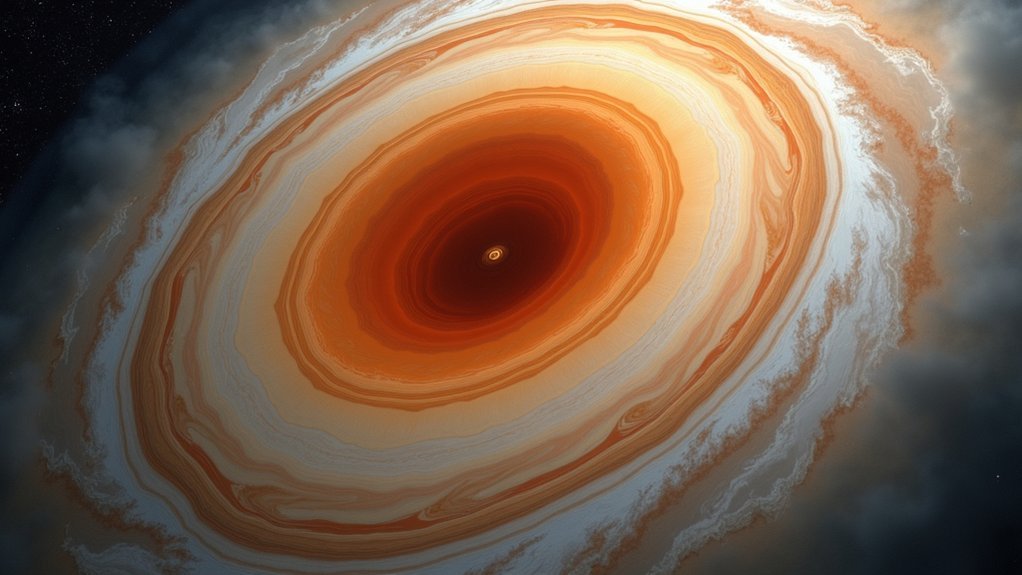
Why Does Jupiter’s Giant Storm Stay in Place?
Locked in Jupiter’s southern hemisphere for centuries, the Great Red Spot’s mysterious stability defies expectations—how does this colossal storm remain anchored?
-
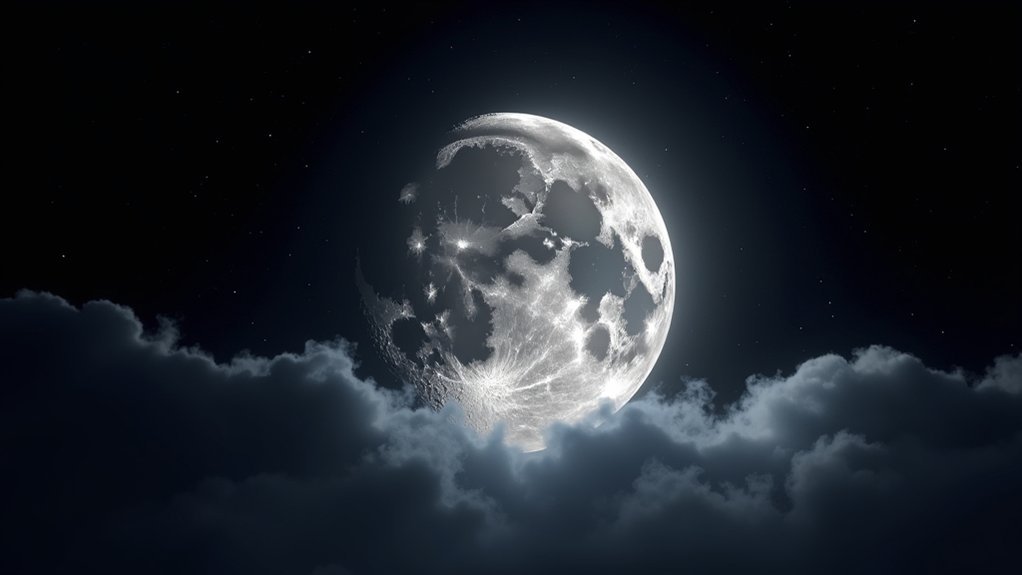
Why Are Moon’s Dark Patches Visible Tonight?
Lunar maria emerge with stunning clarity tonight as angled sunlight reveals the Moon’s ancient volcanic plains—what other celestial secrets await your gaze?
-
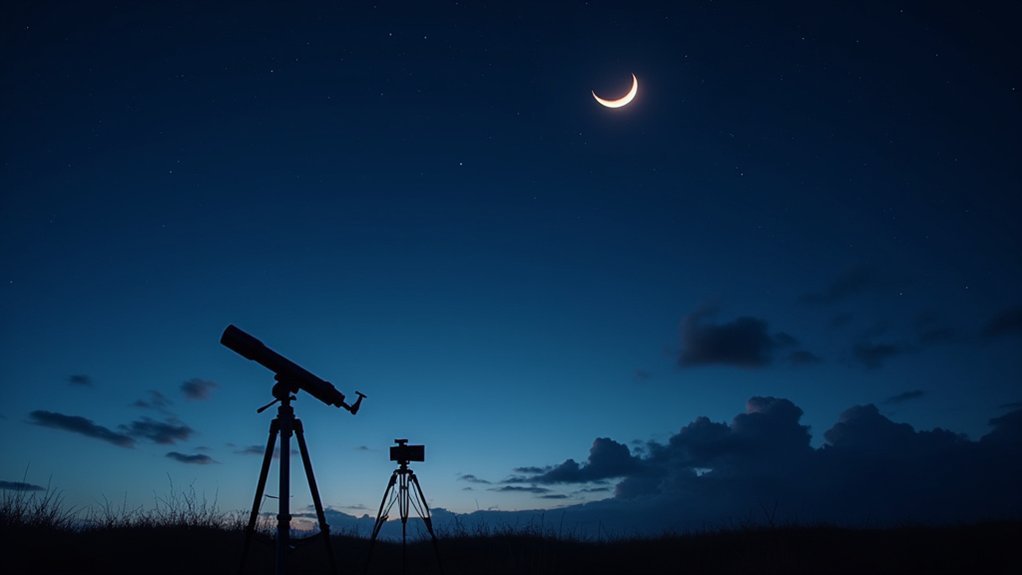
3 Best Ways To See Venus Phases Tonight
Observe Venus phases tonight with these three optimal viewing methods that amateur astronomers rarely discuss.
-
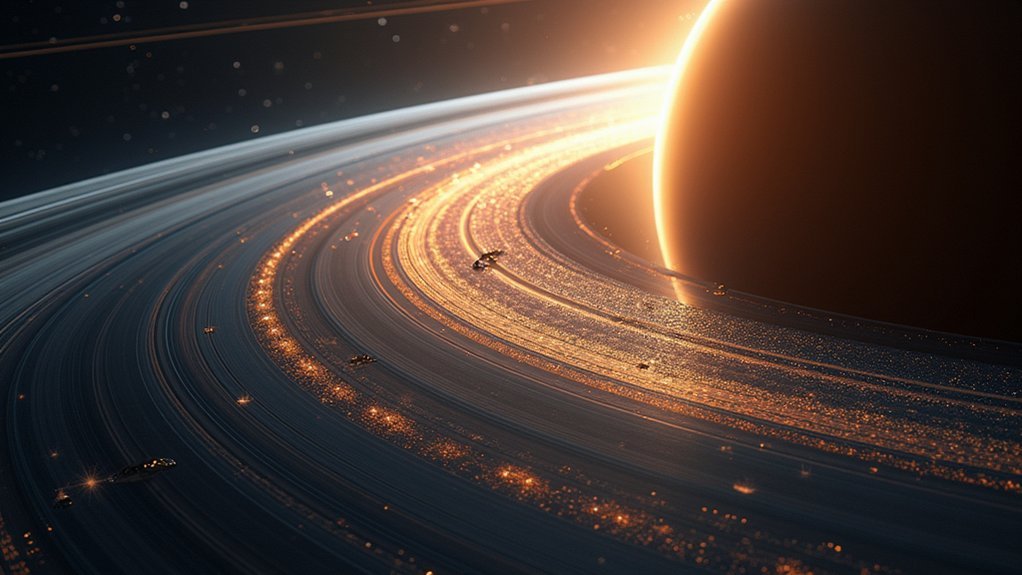
What Can You See in Saturn’s Ring System?
The breathtaking rings of Saturn reveal incredible details through telescopes, but what mysteries hide within these cosmic structures?
-
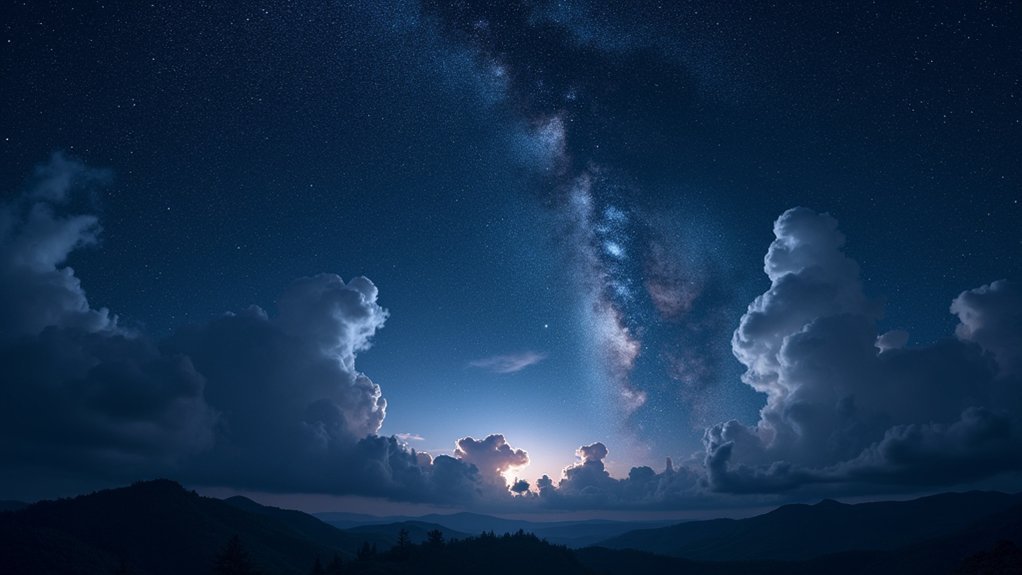
Predict Sky Events: Your Complete Stargazing Forecast
Knowing when to view celestial wonders requires planning, but what if your stargazing predictions could be flawless?
-
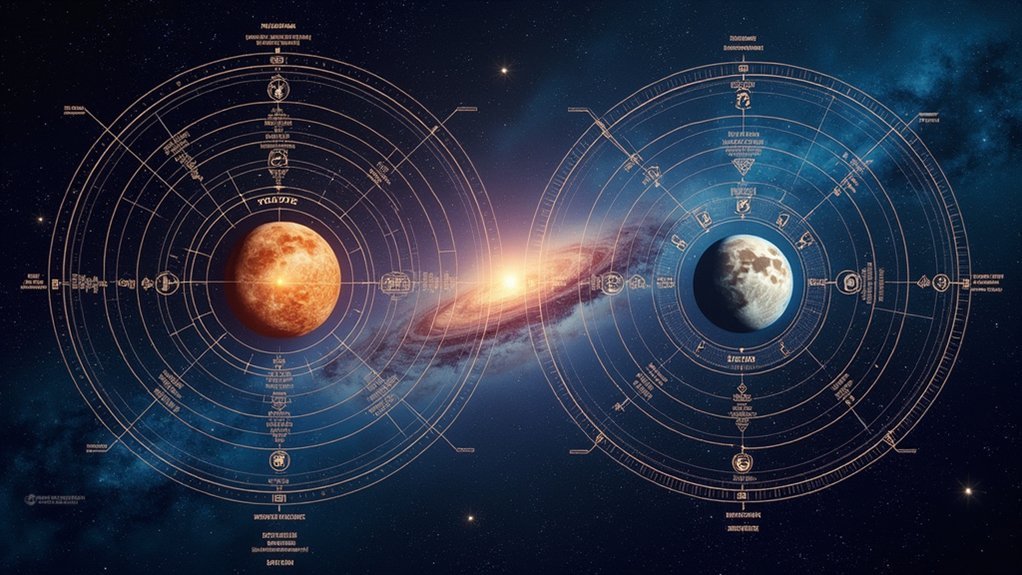
Major Astronomical Time Systems: Side-by-Side Breakdown
When astronomers use five distinct time systems simultaneously, the reasons behind this complexity will transform your understanding of the cosmos.
